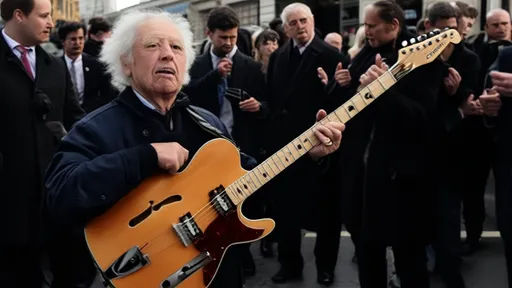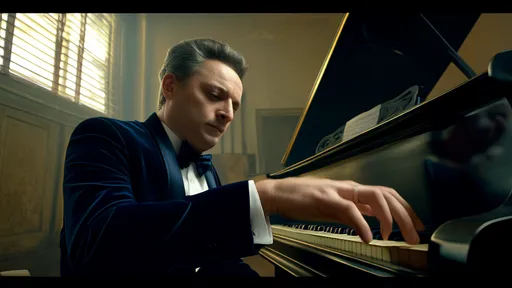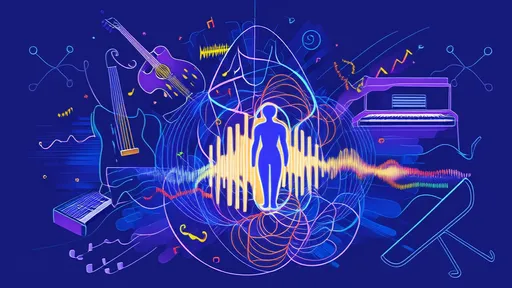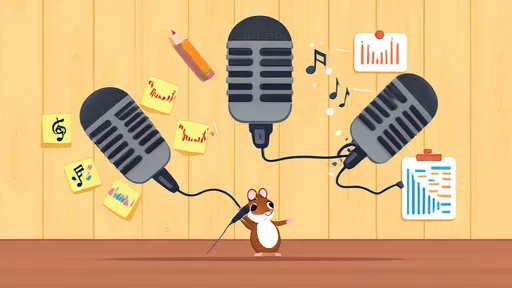Performance anxiety is a common challenge faced by musicians, actors, public speakers, and even athletes. The pressure to deliver a flawless performance can trigger overwhelming nervousness, shaky hands, racing thoughts, and even memory lapses. While a certain level of adrenaline can enhance focus, excessive anxiety can derail months of preparation in mere seconds. The good news is that with the right mindset and techniques, performers can learn to harness their nerves and transform anxiety into powerful, controlled energy.
Understanding the roots of performance anxiety is the first step toward managing it. For many, the fear stems from a deep-seated concern about judgment—worries about making mistakes, disappointing others, or not meeting self-imposed standards. The body’s fight-or-flight response kicks in, releasing cortisol and adrenaline, which can sharpen reflexes but also lead to tunnel vision or panic. Recognizing that these physical reactions are natural, rather than signs of impending failure, helps performers reframe their anxiety as a normal part of the creative process.
One effective approach is controlled breathing. When anxiety strikes, breathing often becomes shallow, depriving the brain of oxygen and exacerbating tension. Deep, diaphragmatic breaths signal the nervous system to relax, slowing the heart rate and clearing the mind. Many performers use the 4-7-8 technique—inhaling for four counts, holding for seven, and exhaling for eight—to regain composure before stepping on stage. This simple yet powerful tool can be practiced daily, making it easier to access in high-pressure moments.
Visualization is another powerful tool embraced by elite performers. By mentally rehearsing a successful performance in vivid detail—imagining the applause, the smooth execution of movements, and the feeling of confidence—the brain begins to associate the experience with positivity rather than fear. Athletes often use this technique to "pre-live" their victories, and musicians can apply it to envision a flawless recital. Over time, this mental conditioning reduces the novelty of performance situations, making them feel more familiar and less intimidating.
Another key element is preparation. Anxiety thrives on uncertainty, so thorough rehearsal under simulated performance conditions can build confidence. Practicing in front of friends, recording performances, or even running through a piece in the actual venue helps desensitize the performer to stressors. Mistakes during practice should be welcomed as opportunities to refine skills rather than feared as predictors of failure. The more comfortable a performer becomes with imperfection, the less power it holds over them in live settings.
Physical relaxation techniques can also play a crucial role. Progressive muscle relaxation—tensing and releasing muscle groups from head to toe—helps release pent-up tension before a performance. Light exercise, such as stretching or a brisk walk, can also dissipate nervous energy. Some performers find that humming or gentle vocal warm-ups not only prepare their instrument but also regulate their breathing and calm their nerves. The goal is to create a pre-performance ritual that signals to the body and mind that it’s time to focus, not panic.
Mindset shifts are equally important. Perfectionism is often the enemy of confident performance. Accepting that minor flaws are inevitable—and often unnoticed by the audience—can alleviate self-imposed pressure. Many performers find it helpful to shift their focus from self-judgment to communication, concentrating on the message or emotion they wish to convey rather than on their own nervousness. This outward focus creates a more authentic connection with the audience and reduces self-consciousness.
Post-performance reflection is another underutilized tool. Instead of fixating on mistakes, performers can assess what went well and what could be improved, treating each performance as a learning experience. Journaling about successes, no matter how small, reinforces positive outcomes and builds resilience over time. Over time, this reflective practice rewires the brain to associate performances with growth rather than fear.
Ultimately, performance anxiety never fully disappears, nor should it. That heightened awareness is what makes live performances electric. The difference between a paralyzed performer and a captivating one lies not in the absence of fear, but in the ability to move through it. By integrating these techniques—breathwork, visualization, preparation, physical relaxation, mindset shifts, and reflection—performers can step onto the stage not as victims of their nerves, but as masters of their craft.

By /Aug 5, 2025

By /Aug 5, 2025

By /Aug 5, 2025

By /Aug 5, 2025

By /Aug 5, 2025

By /Aug 5, 2025

By /Aug 5, 2025

By /Aug 5, 2025

By /Aug 5, 2025

By /Aug 5, 2025

By /Aug 5, 2025

By /Aug 5, 2025

By /Aug 5, 2025

By /Aug 5, 2025

By /Aug 5, 2025

By /Aug 5, 2025

By /Aug 5, 2025

By /Aug 5, 2025

By /Aug 5, 2025

By /Aug 5, 2025